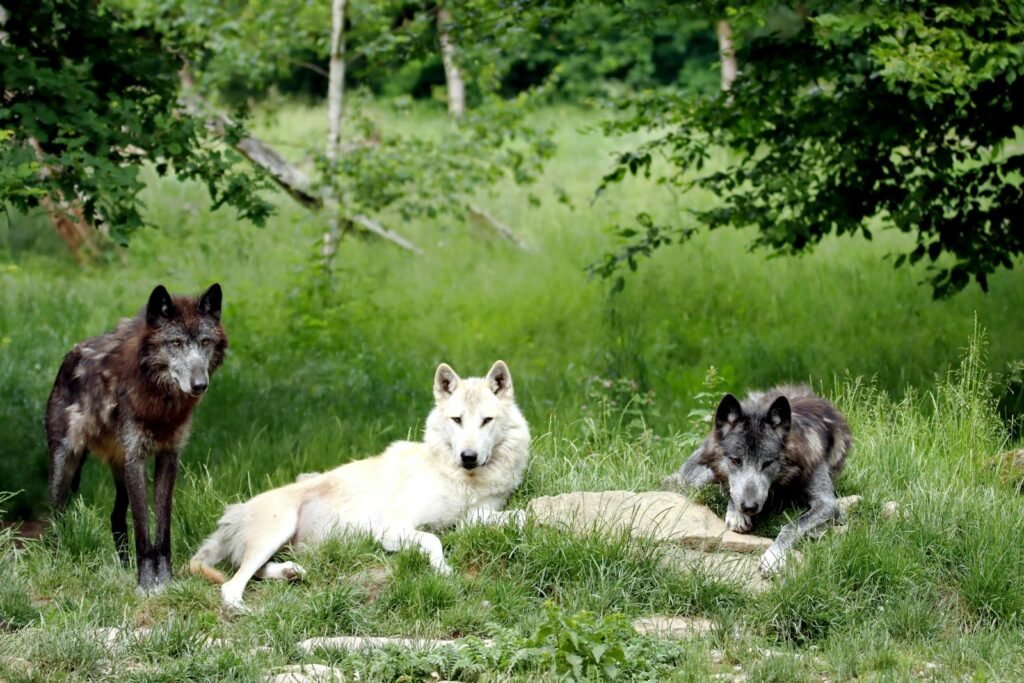A flash of russet in the branches, a dash of smoky grey darting across the lawn—few wildlife rivalries have captured the public imagination quite like the battle between red and grey squirrels. Behind the scenes of this everyday woodland drama lies a tale of ecological upheaval, heartbreak, and resilience, stretching across a century. It’s a story where native species find themselves under siege, and landscapes are transformed by the quiet march of an introduced rival. If you’ve ever wondered why red squirrels are a rare treasure in some places and a memory in others, you’re about to discover a saga as gripping as any tale of survival.
The Arrival of the Grey Squirrel: An Unexpected Invader
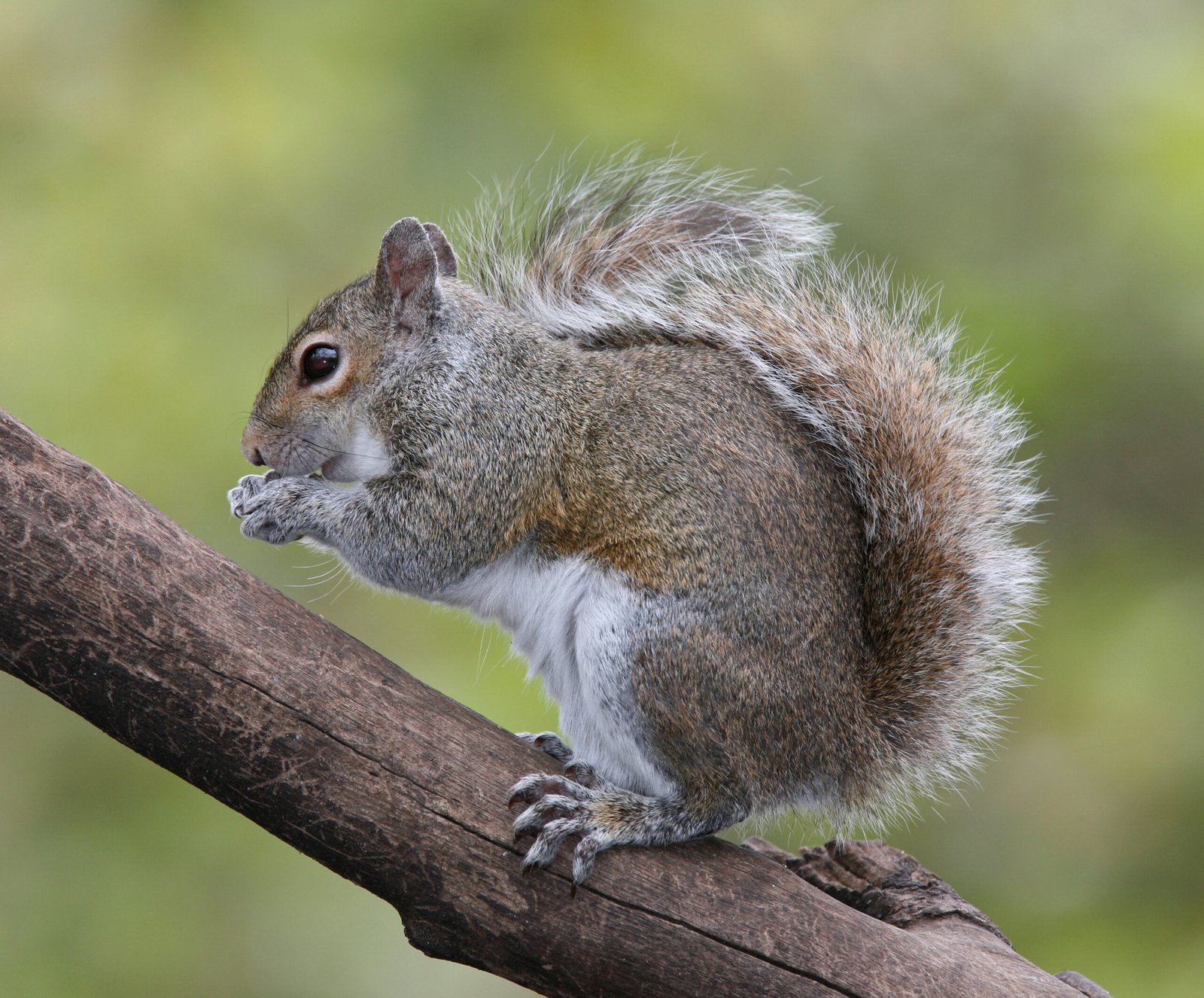
In the late 1800s, a seemingly innocent act would tilt the balance of British woodlands forever. Grey squirrels, native to North America, were introduced to parks and estates in the UK as exotic curiosities. No one imagined they would spread so rapidly, but by the mid-20th century, they had colonized vast swathes of the countryside. Greys thrived in broadleaf woodlands, thanks to their adaptable diets and robust immune systems. Their presence was initially celebrated by some, but it soon became clear that they were more than just playful additions to the landscape.
The Plight of the Native Red Squirrel
Red squirrels, with their tufted ears and fiery coats, once filled forests from Scotland to southern England. These native creatures are smaller, more selective in their food choices, and less robust than their grey counterparts. As greys expanded, reds dwindled. The reasons went beyond simple competition for food; disease and habitat changes played devastating roles. Today, spotting a red squirrel in many parts of the UK is a rare and precious experience, a stark reminder of how vulnerable even the most familiar wildlife can be.
The Silent Killer: Squirrelpox Virus
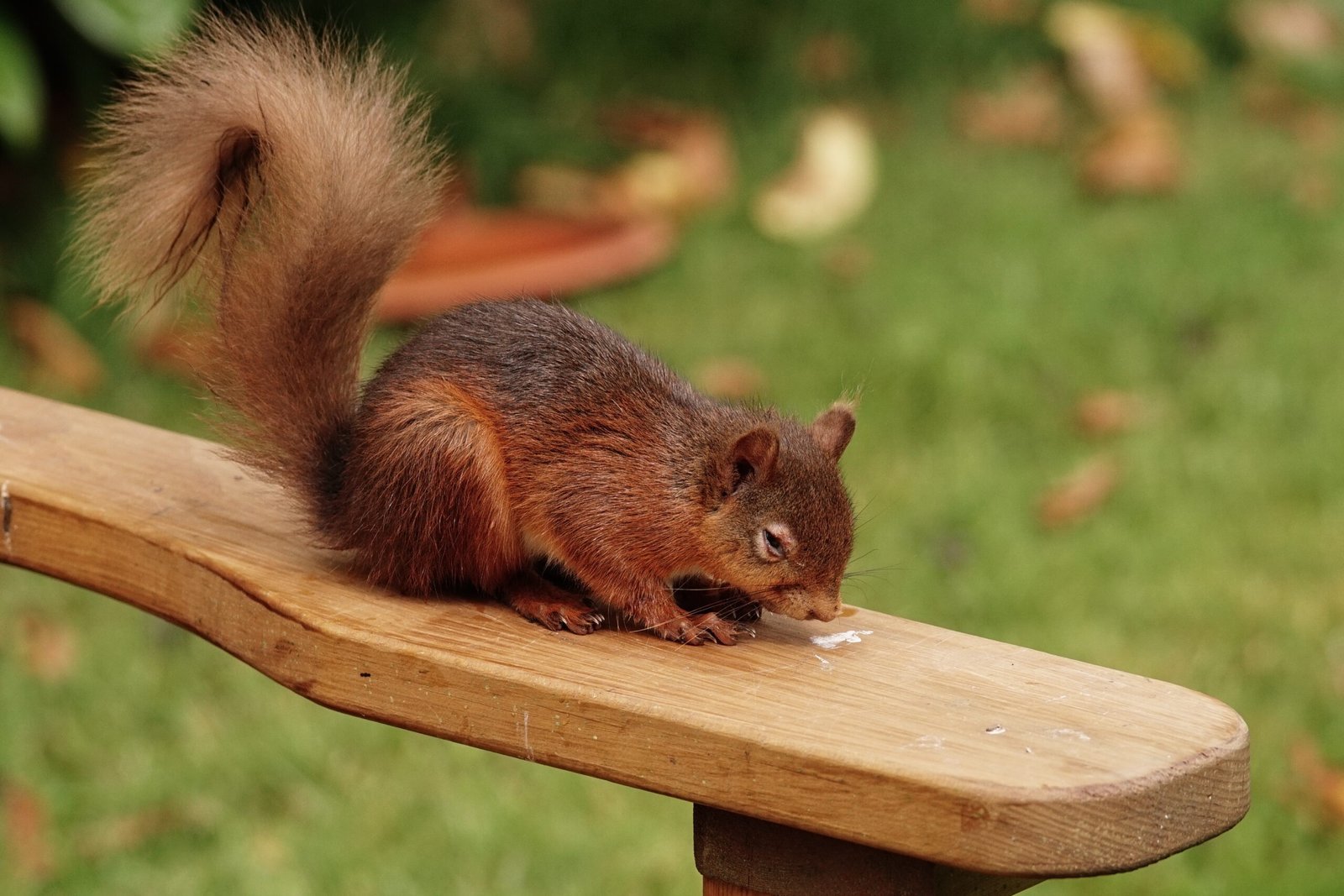
One of the most heartbreaking aspects of the red squirrel’s decline is the spread of the squirrelpox virus. Carried by grey squirrels, who remain largely unaffected, this disease is lethal to reds. Outbreaks can decimate entire populations within months, leaving behind empty forests where once there was lively chatter. The virus acts as an invisible hand, accelerating the decline of reds wherever greys establish themselves. For conservationists, this has become a race against time—a battle not just against another species, but against a microscopic enemy.
Ecological Impacts: More Than Just Squirrels

The shift from red to grey squirrels has rippled far beyond the squirrel community. Greys consume more seeds and nuts, often before they can germinate, altering forest regeneration. They also strip bark from trees, causing lasting damage to woodland ecosystems. Meanwhile, the disappearance of reds affects predators and plants that once relied on their activities. This isn’t just a squirrel story—it’s a complex web of ecological change, where the loss of one species echoes through every layer of the forest.
Changing Landscapes: How Humans Shaped the Rivalry
Human activity has played a pivotal role in the fortunes of both species. The introduction of greys was just the beginning; changes in woodland management, urban expansion, and agricultural practices have all favored the spread of grey squirrels. Fragmented habitats make it harder for reds to survive, while greys adapt readily to parks and gardens. Our choices, from planting certain trees to the ways we manage land, have quietly tilted the scales, often without our realizing the consequences.
Red Squirrel Strongholds: Islands of Hope
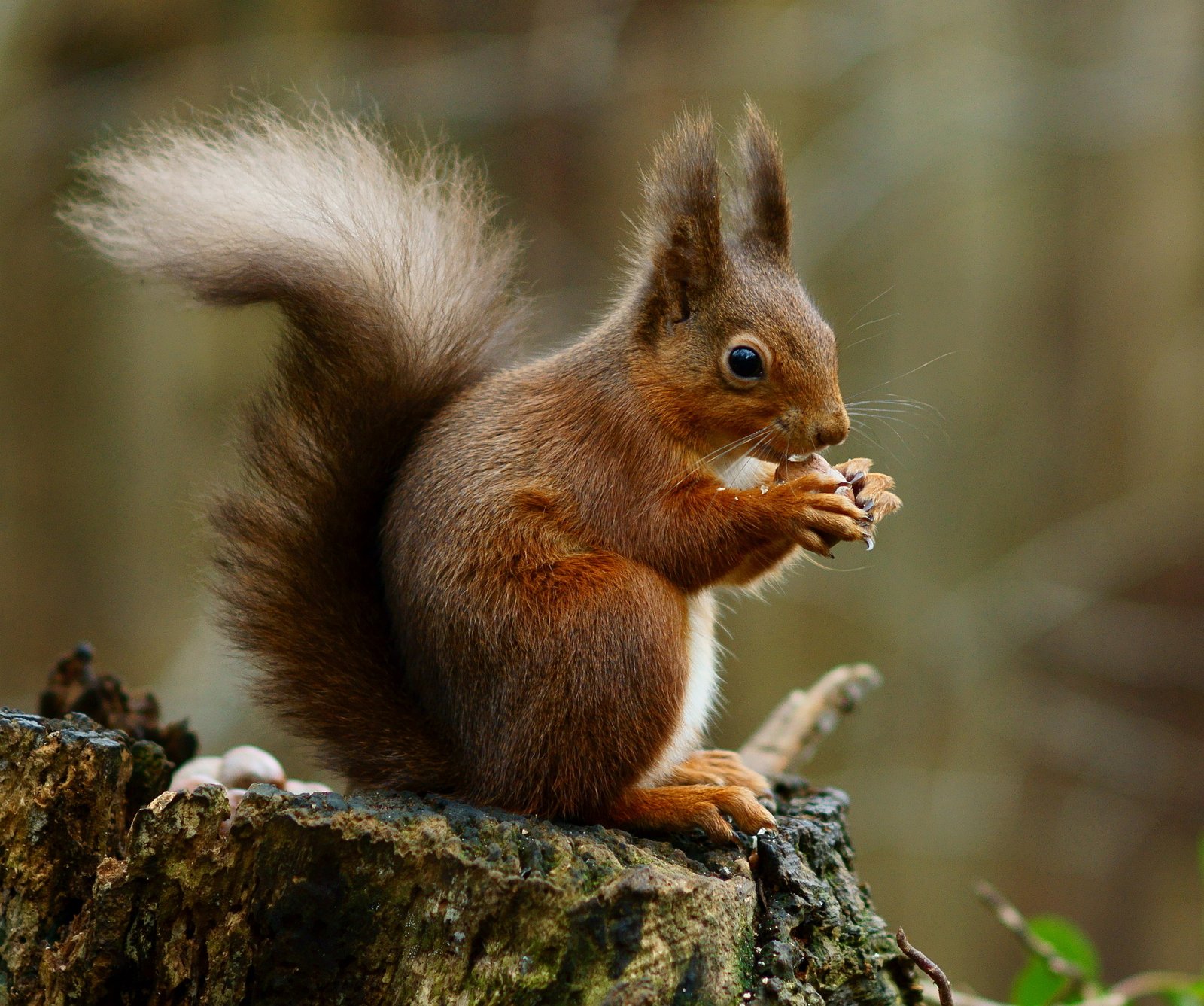
Despite the overwhelming spread of greys, pockets of red squirrels persist. Places like the Isle of Wight, Anglesey, and the Scottish Highlands remain refuges, protected by natural barriers or intensive management. Volunteers and scientists work tirelessly in these areas, culling greys and managing habitats to give reds a fighting chance. These strongholds offer hope and inspiration—living reminders that with concerted effort, native species can hang on, and perhaps even recover.
The Role of Conservation: Fighting for the Underdog
Conservationists have rallied around the red squirrel, launching projects to monitor populations, vaccinate against pox, and educate the public. These efforts combine science with heart, uniting communities in the fight to save a beloved native. Conservation isn’t just about numbers; it’s about passion, persistence, and a belief that the loss of a species is not inevitable. Every red squirrel sighting is a small victory, a testament to the power of people to make a difference.
Grey Squirrels: Villain or Victim?
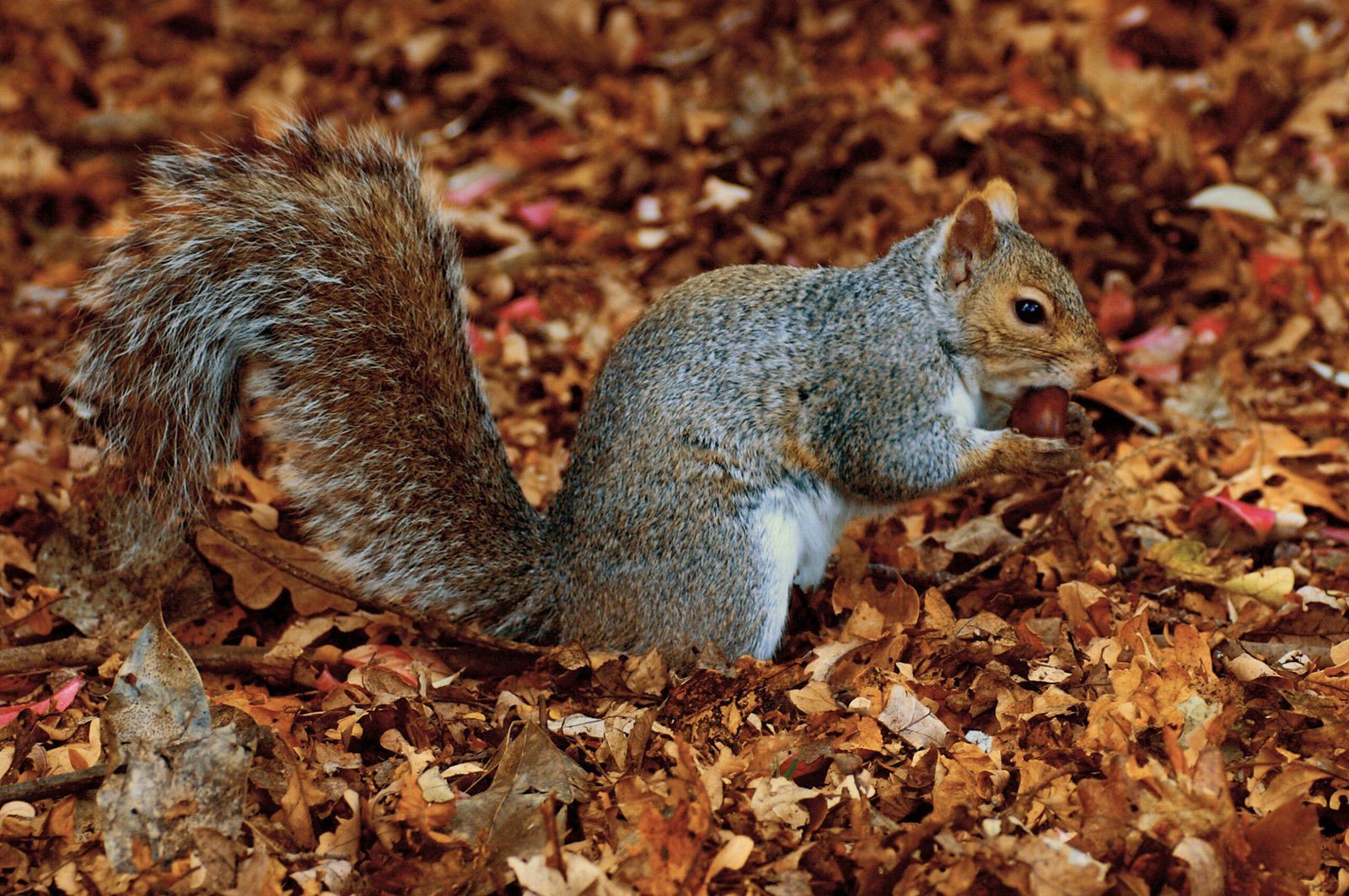
It’s easy to cast the grey squirrel as the villain in this story, but their success is a result of human intervention, not malice. Greys are simply doing what animals do—adapting, surviving, and thriving in new environments. In their native North America, they are an integral part of the ecosystem. Here, they have become a symbol of unintended consequences, reminding us that even well-meaning actions can have lasting, unforeseen effects. The challenge is to manage their impact without demonizing the species itself.
The Science of Coexistence: Is Harmony Possible?

Scientists continue to search for ways red and grey squirrels might coexist. Some research explores habitat separation, while others investigate potential vaccines to protect reds from the pox virus. Genetic studies offer hope, suggesting that some red populations may develop resistance over time. The path to coexistence is uncertain, but innovation and adaptability—qualities shared by both squirrels—may yet offer solutions. Nature is, after all, full of surprises.
Public Engagement: How You Can Help
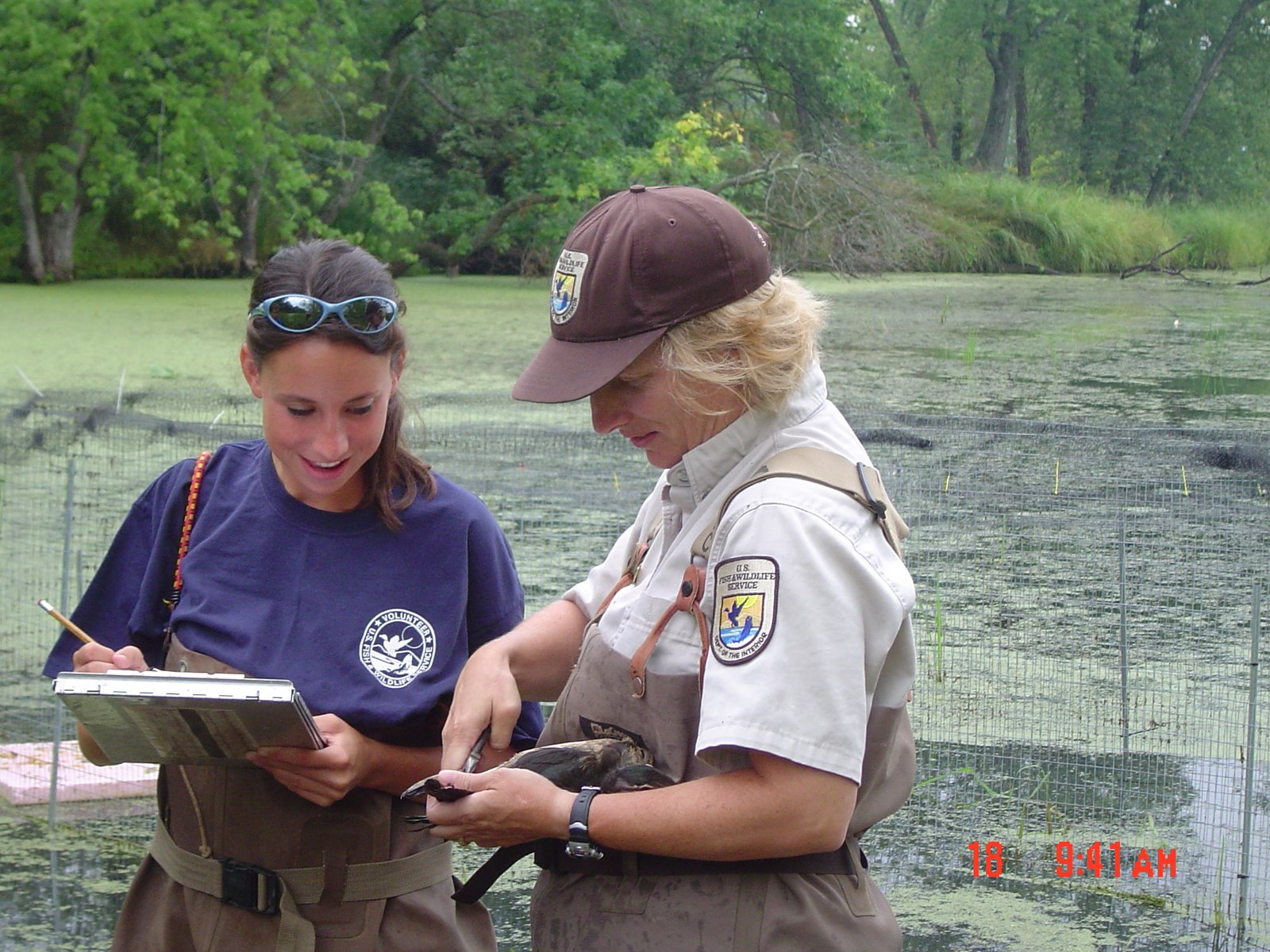
Ordinary people play a vital role in the red squirrel’s story. Reporting sightings, supporting local conservation groups, and making wildlife-friendly choices in gardens all contribute to the cause. Education programs inspire children and adults alike to value native species and understand the complexities of conservation. Every action, no matter how small, adds up in the fight to preserve biodiversity. The fate of the red squirrel is a shared responsibility, woven into the fabric of our communities.
The Future of Squirrels: Lessons for Tomorrow
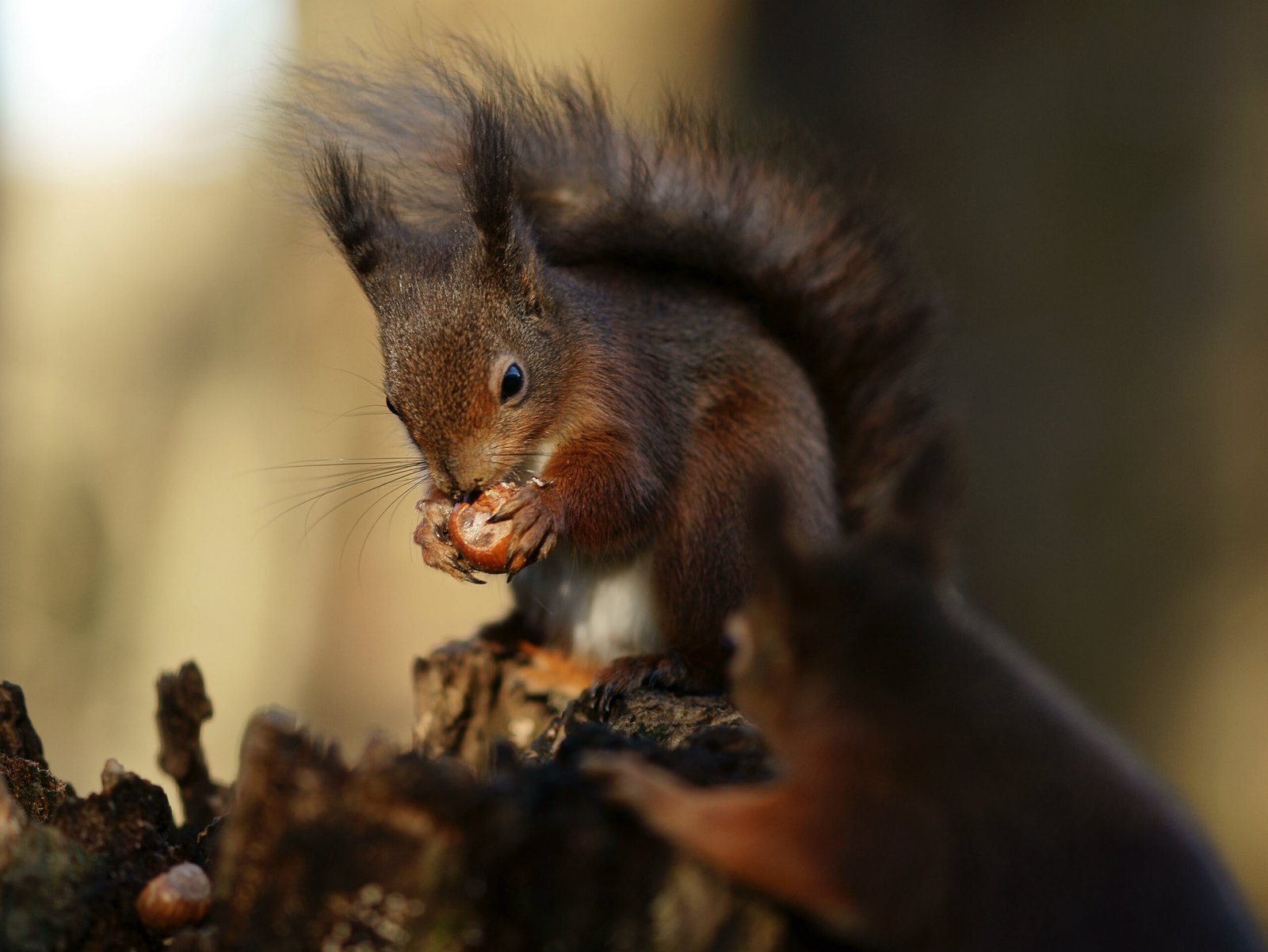
The saga of red and grey squirrels is more than a tale of winners and losers; it’s a lesson in balance, adaptation, and the unforeseen impacts of human choices. As climate change and habitat loss accelerate, the story serves as a warning—and an inspiration. By learning from the past and acting with intention, we can protect the wild wonders that define our landscapes. The next chapter is unwritten, shaped by the decisions we make today.


